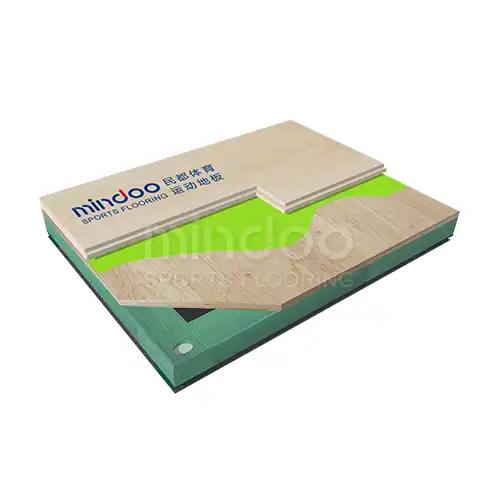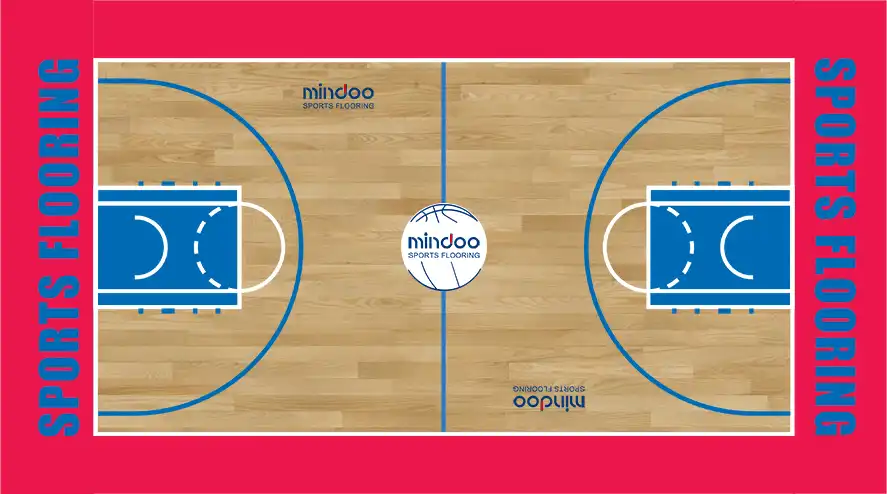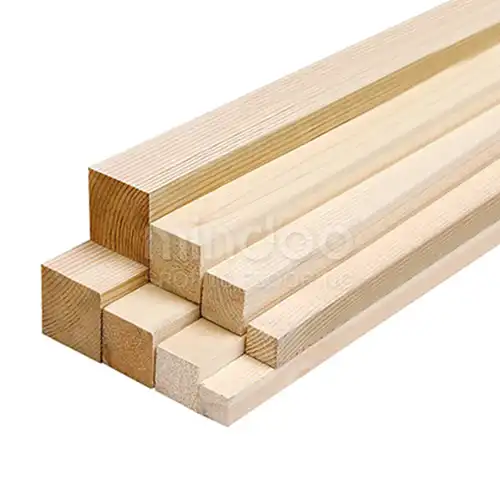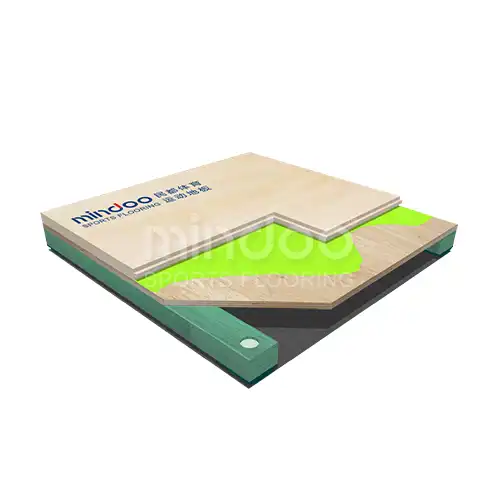Why Start with High-Quality Hardwood Flooring to Prevent Sports Injuries?
The use of high-quality hardwood flooring in sports facilities, especially in indoor sports activities, plays a significant role in reducing sports injuries. This is because the floor has a direct impact on athletes' physical load, movement techniques, and risk of injury. Below are several key factors on how high-quality hardwood flooring reduces sports injuries:
1. Proper Elasticity and Cushioning Effect
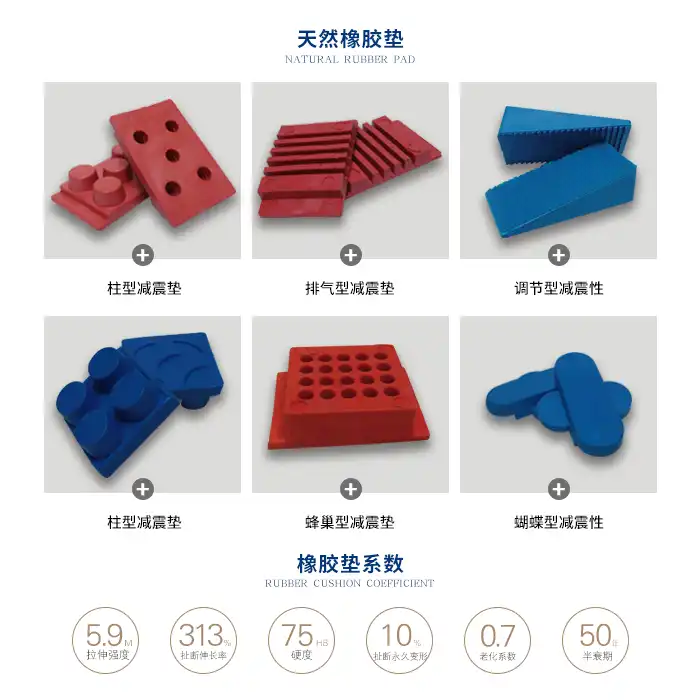
High-quality hardwood floors generally offer suitable elasticity and cushioning capabilities that effectively reduce the impact on athletes' joints and bones during jumping, running, and rapid direction changes.
- Reduced Joint Stress: Hardwood flooring is often designed with elastic layers or specific damping materials to absorb part of the impact, reducing the stress on knees, ankle joints, and the spine, which is especially critical for preventing injuries such as knee pain and chondromalacia patella.
- Optimal Resilience: High-quality hardwood flooring provides a certain rebound force, helping athletes utilize better elasticity during jumps and runs, thus minimizing harm caused by insufficient rebound or overly hardened surfaces.
2. Improved Athlete Stability and Control
Hardwood flooring typically has a smooth yet sufficiently frictional surface that aids athletes in maintaining better balance and stability. A stable surface effectively reduces the risks of slipping and sprains, particularly during rapid turns, pivots, and sudden stops.
- Friction and Control: High-quality hardwood flooring provides adequate friction to prevent sliding that may lead to falls or sprains while enabling smooth and agile movement. Too low friction may cause slipping, while excessive friction can impede quick movements.
- Foot Injury Prevention: A well-textured floor helps athletes maintain steady footing, thereby preventing instabilities that could lead to ankle or knee injuries.
3. Reduction of Fatigue Injuries
Engaging in high-intensity sports (e.g., basketball, volleyball, badminton) over long periods exerts continuous pressure on athletes' lower limbs. High-quality hardwood floors, with their optimized elasticity and shock absorption, reduce overall fatigue and mitigate repetitive stress injuries.
- Prevention of Overuse Injuries: By effectively buffering and absorbing impact, athletes are less likely to endure excessive repeated stress, lowering risks of common fatigue injuries such as patellar pain, Achilles tendinitis, or stress fractures.
- Reduction of Soft Tissue Injuries: The proper surface conditions allow muscles and soft tissues to adapt better to high-intensity activities, reducing strain or tendon injuries caused by overly hard or uneven flooring.
4. Protection of Spine and Pelvis
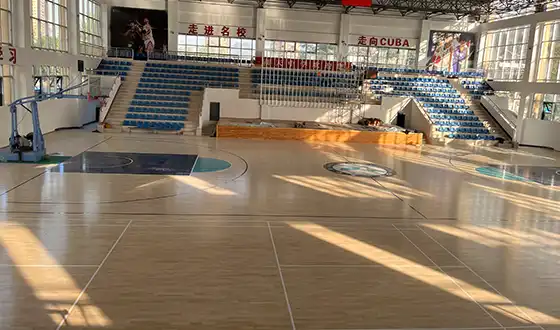
During high-strength exercises, especially those involving extensive jumping, sudden stops, and rotational movements, the stiffness and elasticity of the floor significantly affect the spine and pelvis.
- Minimizing Spinal Stress: High-quality hardwood floors reduce the impact on the spine, protecting its health and lowering risks of spinal injuries such as herniated discs or compression fractures.
- Support for Pelvis and Hip Joints: Appropriate hardness and elasticity reduce stress on the athlete's hips, pelvis, and spine, preventing injuries from continual shock or incorrect mechanical forces.
5. Lower Risk of Slipping and Falling
Slips and falls are common in sports, especially on wet or uneven surfaces. High-quality hardwood floors are designed with safety in mind and feature anti-slip properties to minimize such risks.
- Anti-Slip Design: Premium hardwood flooring incorporates surface treatments and design features that ensure sufficient friction, protecting athletes from slipping during quick turns or directional changes.
- Moisture Resistance: Many hardwood floors feature moisture-proof coatings that prevent slipping due to wet surfaces, particularly in environments like basketball or badminton courts that demand fast movements.
6. Performance Optimization
Beyond injury prevention, high-quality hardwood flooring can enhance athletic performance. Proper hardness and elasticity allow athletes to accelerate, jump, and pivot more efficiently, maximizing their competitive abilities.
- Enhanced Jumping Ability: High-quality hardwood floors provide optimal elasticity, enabling athletes to utilize their jumping force effectively, thus improving their vertical jump height, particularly in sports like basketball and volleyball.
- Increased Speed and Responsiveness: The surface provides effective feedback to athletes' footwork, enhancing speed and reaction capabilities while eliminating discomfort caused by uneven or excessively hard flooring.
7. Durability and Long-Term Protection
High-quality hardwood flooring not only protects athletes but maintains long-term stability. Premium wood materials and professional surface coatings prevent damage from frequent use, offering lasting protection.
- Resistance to Surface Wear: The surface treatment of high-quality hardwood floors typically features wear-resistant and scratch-resistant properties, maintaining a flat and secure surface to reduce risks of falls or sprains from uneven or damaged areas.
- Sustained Performance: High-quality hardwood flooring retains its elasticity and stability even after extended use, reducing maintenance needs and ensuring safety for long-term usage.
8. Compliance with Sports Standards
High-quality hardwood flooring often adheres to international sports facility standards, such as certification by the International Basketball Federation (FIBA) or the International Volleyball Federation (FIVB). These floors meet sport-specific requirements while minimizing injury risk.
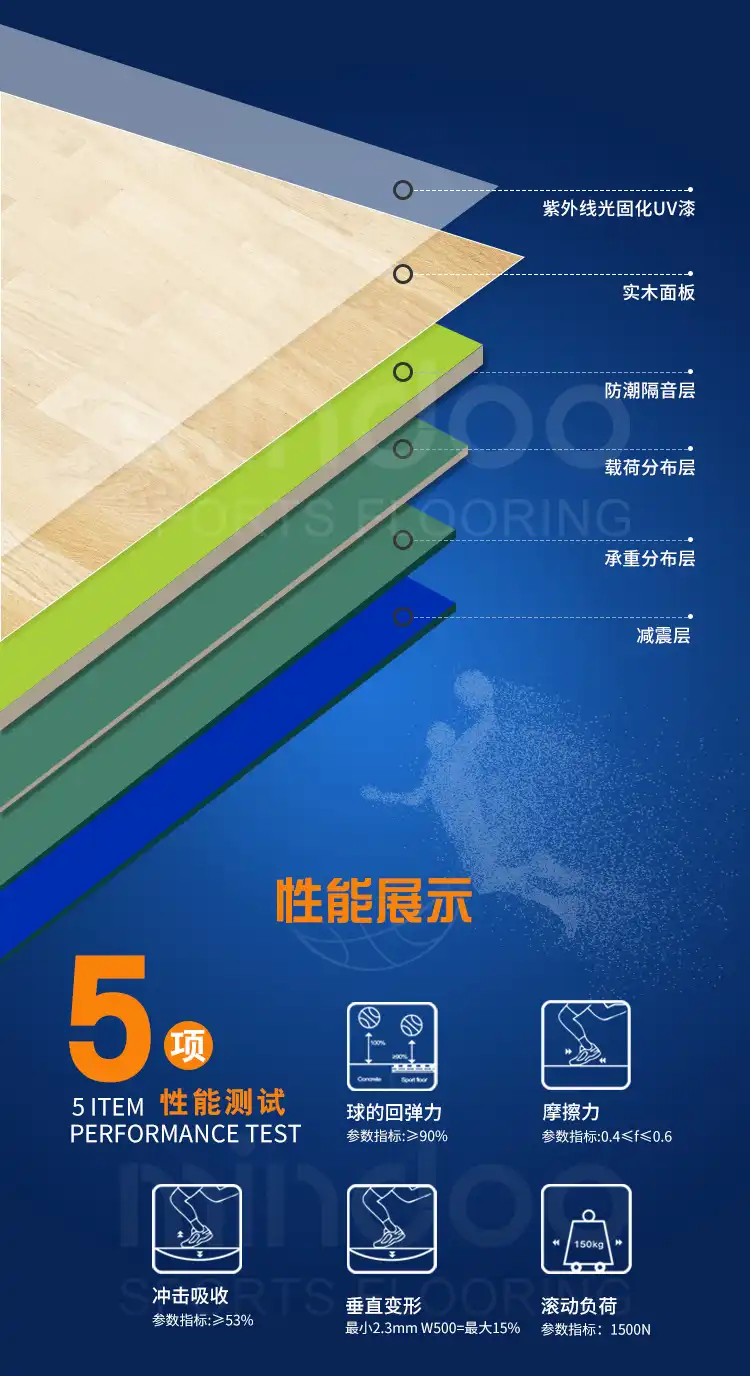
- Professional Certification: Many premium hardwood floors undergo rigorous testing to comply with specific sports standards. For example, FIBA-certified basketball courts provide optimal friction, elasticity, and stability, simultaneously reducing injury risks and enhancing athletic performance.
By offering proper elasticity, cushioning, friction, and stability, high-quality hardwood flooring effectively reduces injuries sustained during high-intensity sporting activities. It not only protects joints, muscles, and bones but also helps athletes excel, minimizing fatigue injuries, slips, and enhancing overall comfort and safety. High-quality hardwood flooring is an essential component of safe sports facility design, especially in competitive and high-demand athletic environments.

